Credit continues to grow strongly
The State Bank of Vietnam (SBV) said that as of May 19, 2025, the total outstanding credit balance of the entire system had reached about VND 16.49 million billion, an increase of 5.59% compared to the end of 2024 and an increase of 18.67% compared to the same period last year.
With the target of credit growth for the whole year at 16%, equivalent to 2.5 million billion VND, the banking system still has room for about 1.627 million billion VND to inject capital in the remaining 7 months of the year.
The credit picture in the first quarter of 2025 shows a clear recovery as most of the 27 banks that have published their financial reports have recorded growth in customer loans. The total outstanding loans of this group of banks increased by 4% compared to the end of 2024.
In terms of absolute balance, the group of state-owned commercial banks continued to hold the leading position. BIDV took the lead with outstanding loans exceeding VND2.1 quadrillion, up 2.5%. VietinBank followed closely with the most impressive growth in the group, increasing by 4.6%, bringing total outstanding loans to over VND1.8 quadrillion.
In the joint stock banking sector, MB continued to maintain its leading position with total outstanding customer loans reaching over VND797,000 billion, up 2.7%. VPBank followed with strong growth of 5.4%, reaching nearly VND730,000 billion. Other banks such as Techcombank, ACB, SHB , Sacombank and HDBank also recorded positive signals in credit.
Notably, Kienlongbank was the bank with the highest growth in outstanding customer loans in the entire system in the first quarter, reaching 10.6%. Other banks with notable growth included SHB (9.2%), Eximbank (9.2%), NCB (9.6%) and PG Bank (9.4%). On the other hand, only two banks recorded negative growth: ABBank (-0.7%) and Saigonbank (-4.3%).
In Ho Chi Minh City, Mr. Nguyen Duc Lenh - Deputy Director of the State Bank of Vietnam, Region 2 Branch - said that by the end of May 2025, outstanding credit in the area is estimated to reach about 4,085 million billion VND, an increase of 3.6% compared to the end of 2024 and an increase of 13.2% compared to the same period last year.
This is the first time that outstanding loans in Ho Chi Minh City have exceeded VND4 trillion, an important milestone, and also recorded the highest growth rate in recent years. Notably, the joint stock commercial banking sector currently accounts for about 50% of total outstanding loans in the whole area and has a faster growth rate than the state-owned commercial banking sector.
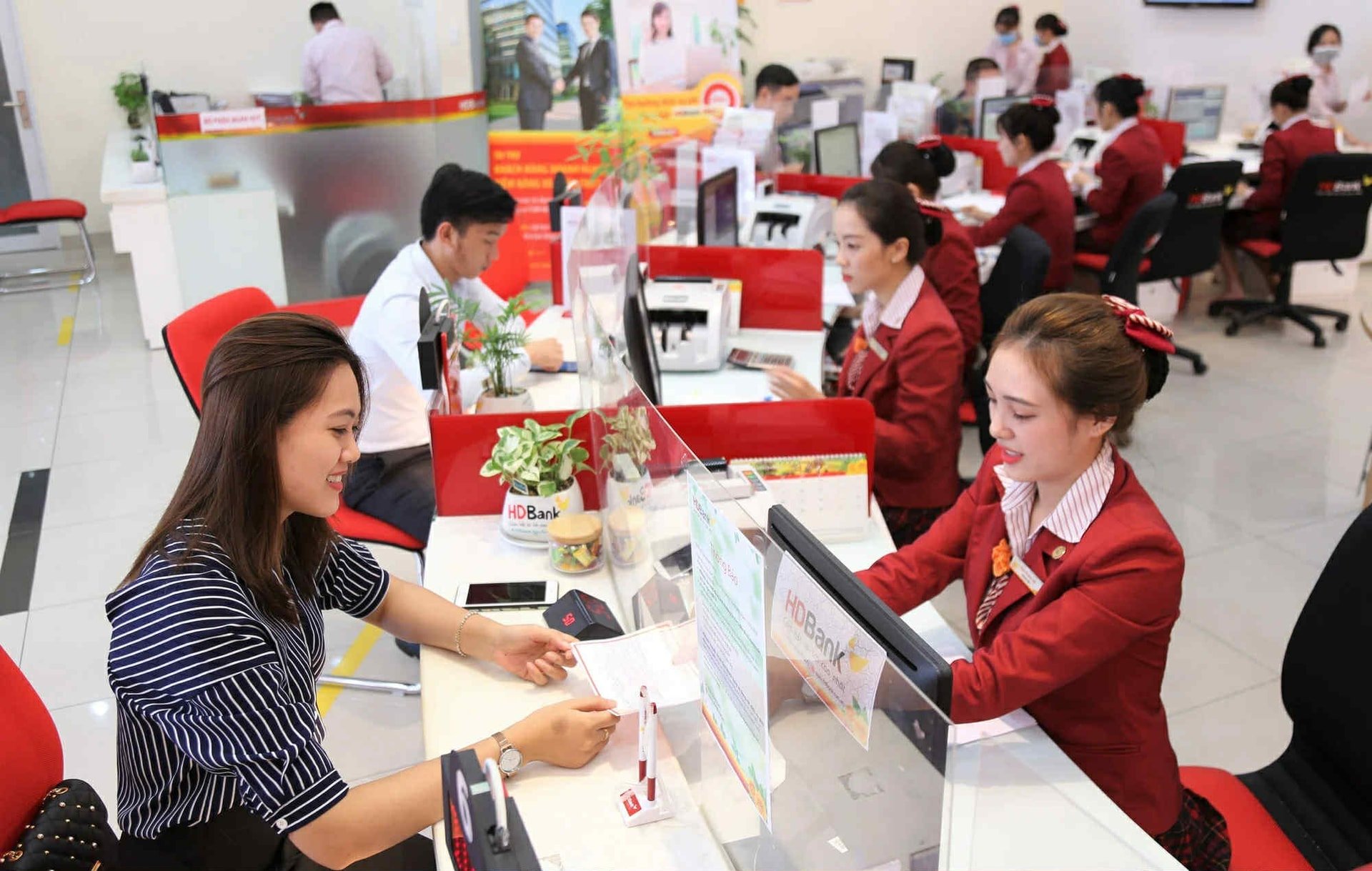
Strong credit flows into production, business and pillar industries
According to Mr. Nguyen Duc Lenh, Deputy Director of the State Bank of Vietnam, Ho Chi Minh City Branch, credit continues to prioritize flowing into the production and business sector and industries considered the growth drivers of the economy .
In particular, the export sector, one of the three main pillars of growth, is being supported by commercial banks in close coordination with trade and investment promotion centers and business associations in the context of a volatile world due to US tariff policies.
Mr. Lenh commented that low interest rates are becoming an important lever to help unblock credit. Not only promoting credit growth, reasonable interest rates also create conditions for businesses to expand investment, thereby activating a spillover chain in the economy.
Typically, short-term credit packages in VND for 5 priority industries, with interest rates not exceeding 4%/year, have helped a series of small and medium enterprises, high-tech enterprises, and export enterprises access preferential capital in a timely manner.
In addition, policy credit programs such as social housing loans, forestry and fishery credit, housing support for people under 35 years old... also contribute to stimulating investment, restoring production and improving liquidity for the real estate market.
According to the State Bank of Vietnam, by April 10, 2025, the average lending interest rate for new disbursements had decreased to 6.34%/year, 0.6 percentage points lower than at the end of 2024. Many banks now publicly disclose average lending interest rates on their websites for customers to easily access, make credit information transparent, and increase access to cheap capital.
Many experts believe that the remaining credit space of more than VND1.6 quadrillion from now until the end of the year is enough to boost GDP growth to 8%, while keeping inflation under control at below 4.5%. However, the ability to absorb capital depends significantly on the export situation, a sector that is facing a lot of pressure from international policies.
On the other hand, Dr. Nguyen Tri Hieu, an economic expert, warned that if credit growth exceeds 16%, inflation could exceed the safe threshold of 4.5%.
He also noted that capital flows too quickly, without effective control, and can be diverted to risky areas such as stocks, gold, and real estate, which pose a risk of asset bubbles.
Source: https://baodaknong.vn/cac-linh-vuc-nao-dang-hut-von-tin-dung-255535.html






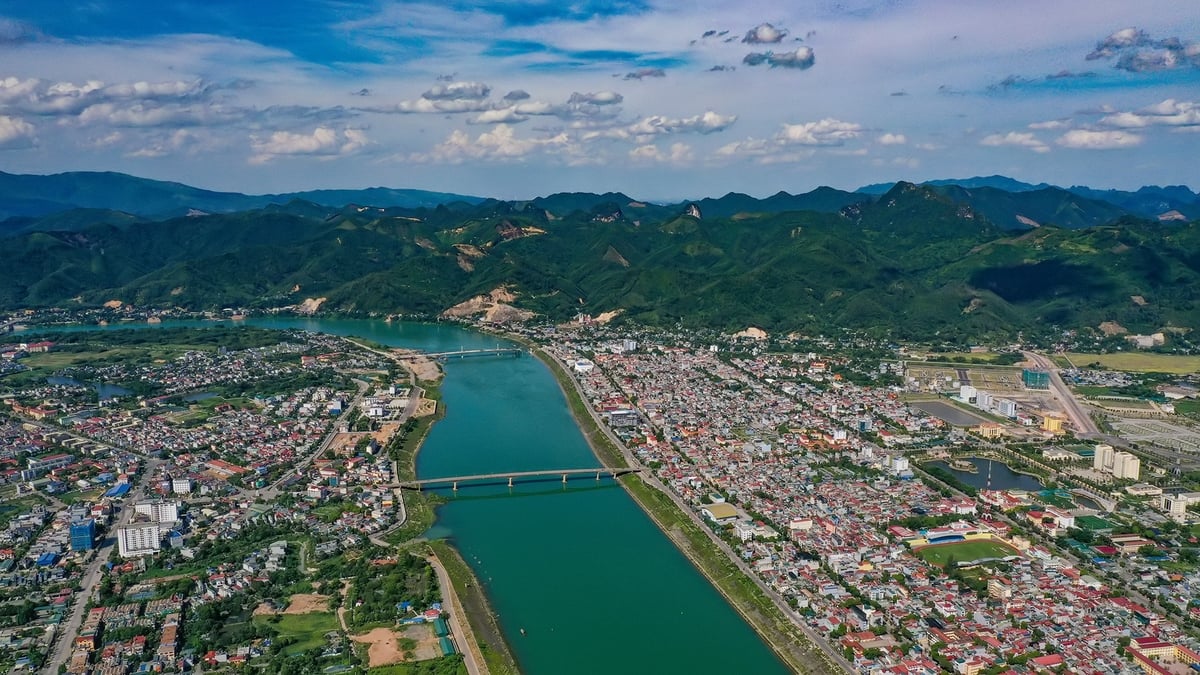





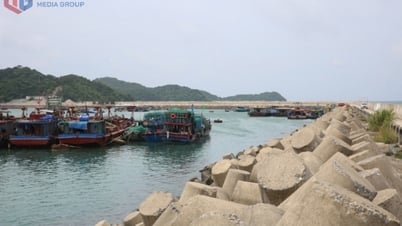

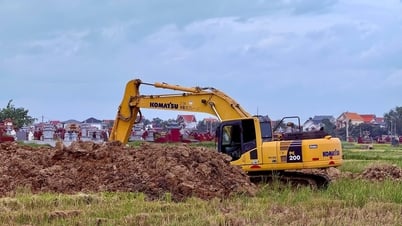






















































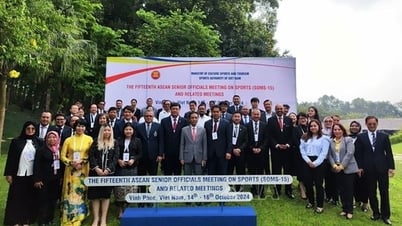






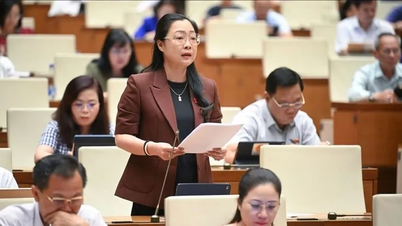


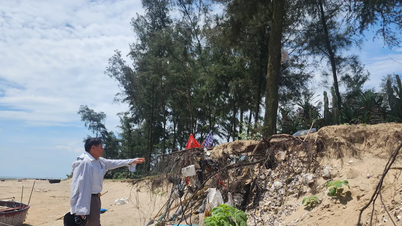












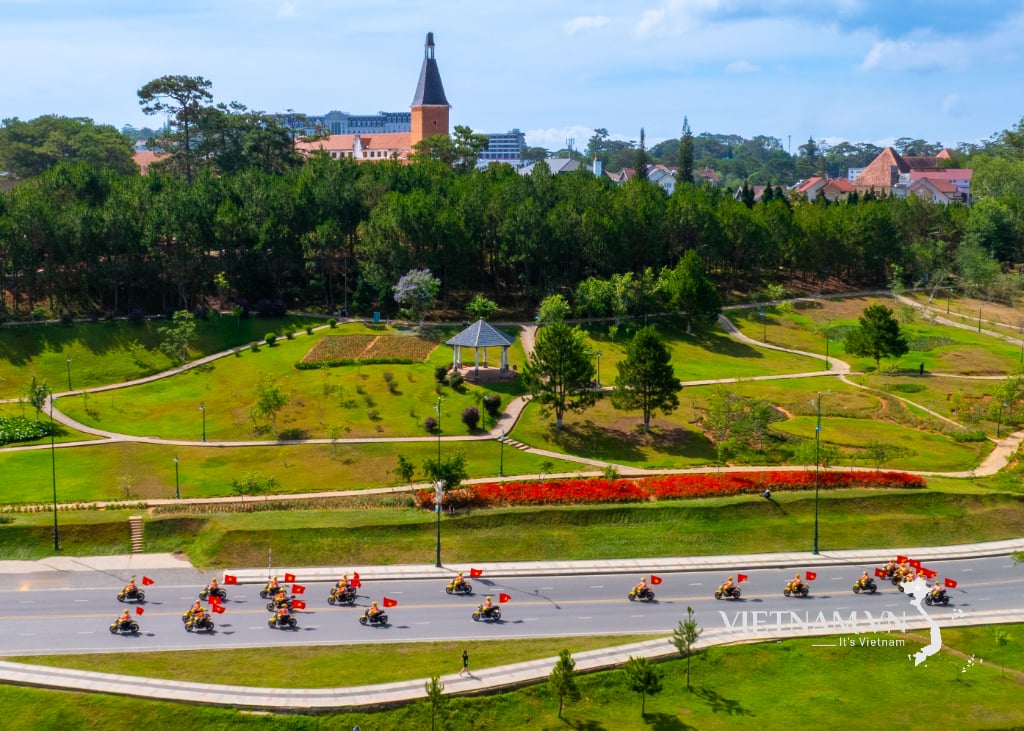
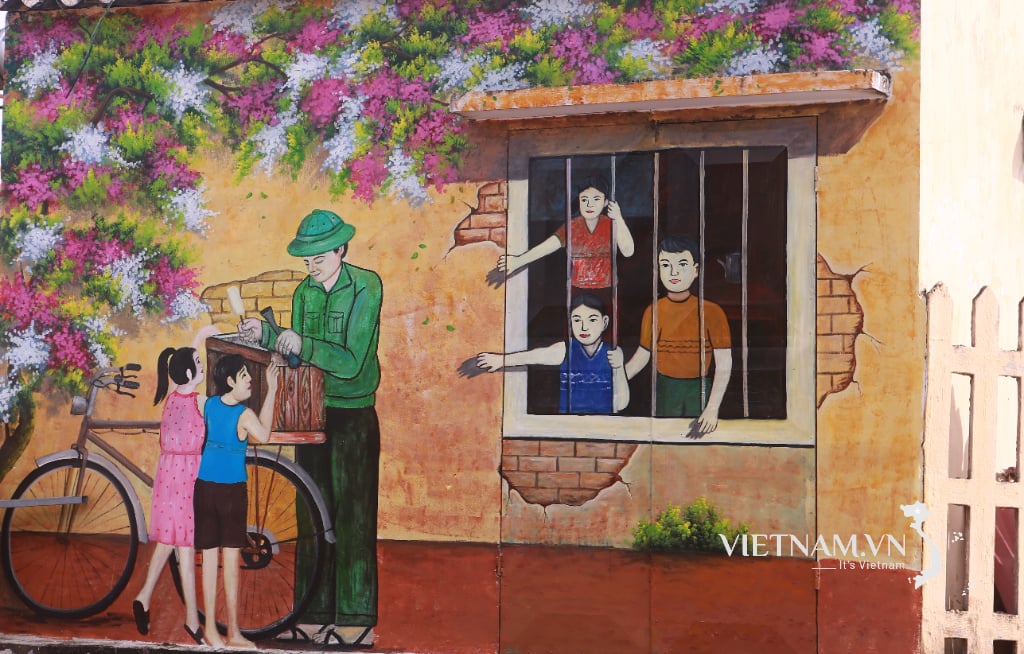

Comment (0)